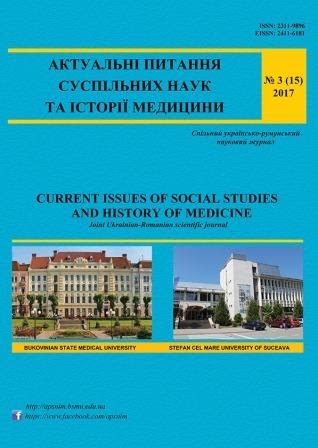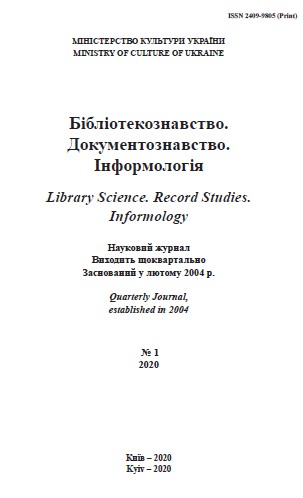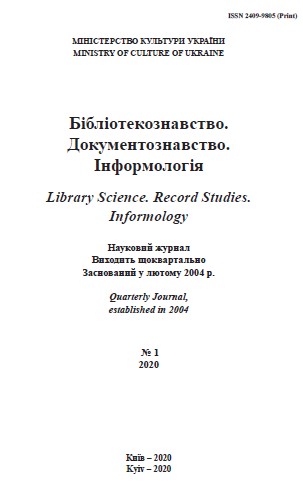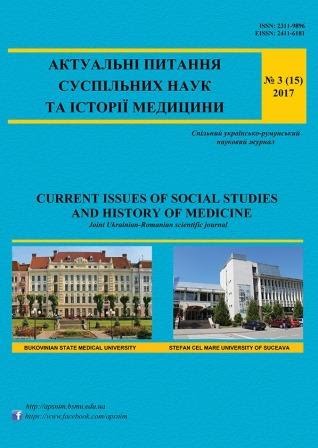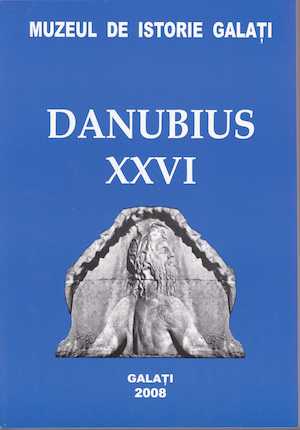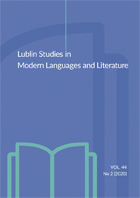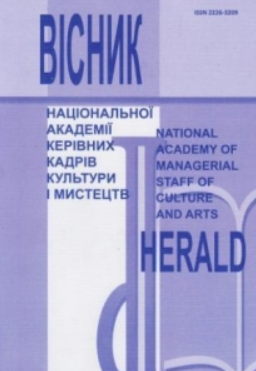Author(s): Igor Biryuk,Oleg Korytsky,Iryna Kukovska,Tatyana Sykyrytska,Petro Kovalchuk / Language(s): Ukrainian
Issue: 2/2021
The need to address this problem is due to increased interest in the origins of traditional national culture and spirituality of our people, growing interest in authentic culture of the Ukrainian ethnic group, and in particular its component – the life of wandering elders-singers. The music of the Ukrainian lyre (kobza) is an organic part of people's worldviews, their thoughts and aspirations, diverse and rich spiritual life. One of the important roles in awakening the spirituality of our people was played by lyre players and kobzars, who carried the fiery Ukrainian word to the people, called for the struggle for freedom, for Cossack glory, for the ancient ancestral Orthodox faith. The article presents an analysis of the formation of lyricism (kobzarism) as a significant part of the cultural heritage of the Ukrainian population of Bukovina. The lyricists are portrayed as witnesses of the life and development of the people in different historical epochs, as well as their influence on knowledge of history, education of patriotism, love for the native land and respect for their ancestors. The purpose. Based on the analysis of literature sources and available historical documents to trace the peculiarities of the process of formation and reproduction of the history of lyricism in Bukovina, as part of the historical heritage of the Ukrainian people. Research methods: retrospective, synthetic analytical and generalizing methods. The scientific novelty lies in the generalization of information about the representatives of Ukrainian epic singing in Bukovina and Bukovina Hutsul region. Conclusions. The biographies of lyricists of Bukovyna, recollections about them, features of Hutsul lyre are given. Lyricism as a unique cultural phenomenon was spread all over Ukraine and in Hutsul region and Bukovyna as well from XVI century till 30ies of the twentieth century. As in the territory of Bukovina, as well as in all Ukraine, industrial production of lyres was not developed - in comparison with similar tools from other countries such lyres were much simpler in the design. The lyre in the Bukovynian Hutsul region had a layer of religiosity, so in addition to the heroic epic, the repertoire included chants and psalms. Well-known lyricists in Bukovyna were Yuriy Fedkovych (“Bukovynskyi Solovyi”), from the village of Putyla, Vasyl Tonievych from the village of Samakova, Petro Dzurak from the village of Dytynets, Dmytro Hentsar from the village of Ryzha (Pylypkove hamlet), Vasyl Hrytsko, Ivan Pokhovych (Hnat) from Sadhora (Chernivtsi).
More...

